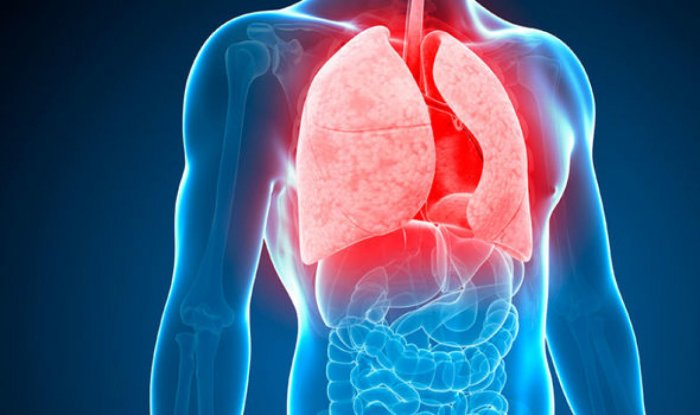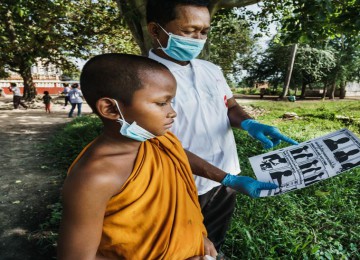While effective diagnosis and treatment has saved millions of lives, TB remains the leading cause of death from infectious disease worldwide. In 2016, an estimated 10.4 million new cases were reported, and nearly 1.7 million people died from the disease.
In recent years, drug-resistant strains of TB have created a growing sense of urgency to control the spread of the disease. Two strains have emerged: multidrug-resistant TB MDR-TB, a form that is resistant to first-line drugs, and extensively drug-resistant TB XDR-TB, which is also resistant to some second-line drugs. MDR-TB has appeared in nearly every country, with an estimated 490,000 new cases in 2016. These forms of the disease are difficult and costly to treat. The TB epidemic has also accelerated in concert with HIV: In 2016, about 375,000 people died from TB/HIV co-infection.
Current approaches to preventing, diagnosing, and treating TB are inadequate. The vaccine used today, Bacillius Calmette-Guerin BCG, protects young children against severe forms of TB. However, BCG offers limited protection against pulmonary TB in adults, which is the most common form of the disease. The most commonly used diagnostic method, microscopic detection of bacteria from sputum, identifies only half of all cases. It also requires special skills and is labor-intensive. Even the standardized DOTS treatment regimen, despite significant success, has inherent challenges: With DOTS, patients must take a complex combination of pills every day for six months, with a health-care worker supervising the full treatment. The current regimen also has significant side effects. Many patients are unable to stay on treatment sufficiently to be cured.
As a result of these issues, current TB care and treatment programs identify, diagnose, and successfully treat only around 50 percent of all patients with active TB disease.


